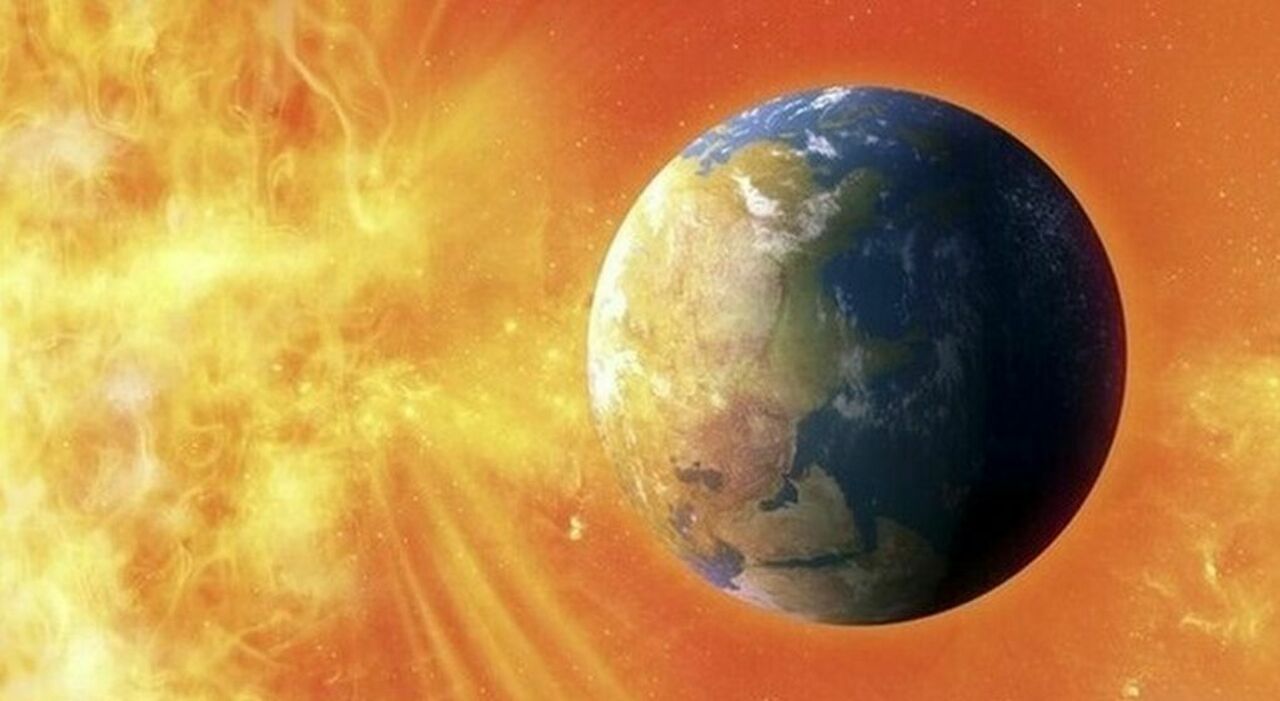Friday 10 May 2024, 16:47 - Last updated: 11 May, 07:57
There is an alarm for a geomagnetic storm, a solar phenomenon that also concerns our planet: the first effects should manifest already tonight (May 10), while the most intense ones are expected on Saturday, May 11. The Space Weather Prediction Center of the US agency NOAA has increased the expected level for the storm to G4, the second highest on the scale, which predicts impacts on the electrical grid, on satellite navigation systems like GPS, and problems for satellites and spacecraft, in addition to the higher probability of being able to admire the auroras borealis even at low latitudes. "The storm could already start today and will then continue into tomorrow. But solar activity will remain intense even in the coming period, we are approaching the peak," says Mauro Messerotti, professor of Space Weather at the University of Trieste. The sun is going through a period of remarkable activity, the most intense of the last two decades. The consequences of this astronomical phenomenon are not only of a scientific order but also affect daily life on Earth, causing spectacular phenomena such as more vivid auroras borealis and interruptions of radio and satellite communications. During the cycle of polarity inversion, the solar magnetic fields undergo a rotation, which leads to the formation of sunspots and the expulsion of coronal mass with powerful eruptions of solar material that can have a direct impact on our planet. Bill Murtagh, coordinator of the NOAA Space Weather Prediction Center, explained that we are currently at the peak of this solar cycle, a period known as the "solar maximum." The storm is due to the intense activity of a gigantic group of sunspots, called AR3664, which extends for about 200,000 kilometers, hence about 16 times the size of the Earth. It is one of the largest and most active regions observed in this solar cycle, which began in December 2019. Its extension puts it in a position to rival another huge group of sunspots, that of Carrington, which made its effects felt between August and September 1859, causing fires in telegraph offices and triggering auroras near the equator. "The AR3664 region is characterized by great complexity, with very intense magnetic fields that cause a particularly unstable situation - observes Messerotti - and it is so large that it is visible even with the naked eye, obviously always with adequate protection." Solar flares, frequent during the maximum period, are intense releases of energy that occur when the energy accumulated in the solar magnetic fields is suddenly released. The flares can emit radiation ranging from radio waves to X-rays and ultraviolet rays. When these reach the Earth, they can disturb the ionosphere and affect radio communications, especially those occurring at high latitudes. During a coronal mass ejection, instead, a large bubble of gas is thrown from the Sun into space. If this cloud of solar particles hits the Earth, it can trigger intense geomagnetic storms. These storms can cause variations in the Earth's magnetic field, which in turn can induce electric currents in conductive objects on Earth, such as power lines, potentially leading to widespread blackouts. The interaction of the particles expelled by the Sun with the Earth's magnetic field is also responsible for the creation of auroras (boreal in the north and austral in the south). During periods of solar maximum, auroras become more frequent and can appear at lower latitudes than usual, making this phenomenon visible to many more people. The increase in radiation during the solar maximum can damage satellites and represents an additional risk to the health of astronauts, especially those on missions outside the protection of the Earth's magnetic field (for example, those headed towards the Moon or Mars). Sensitive technology and infrastructure based on the precision of global positioning systems (GPS) can be disturbed by changes in the ionosphere caused by solar activity. This can affect navigation, telecommunications, and even flight operations. Agencies like NOAA are precisely tasked with monitoring all this.
© ALL RIGHTS RESERVED
This article is automatically translated
